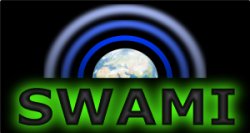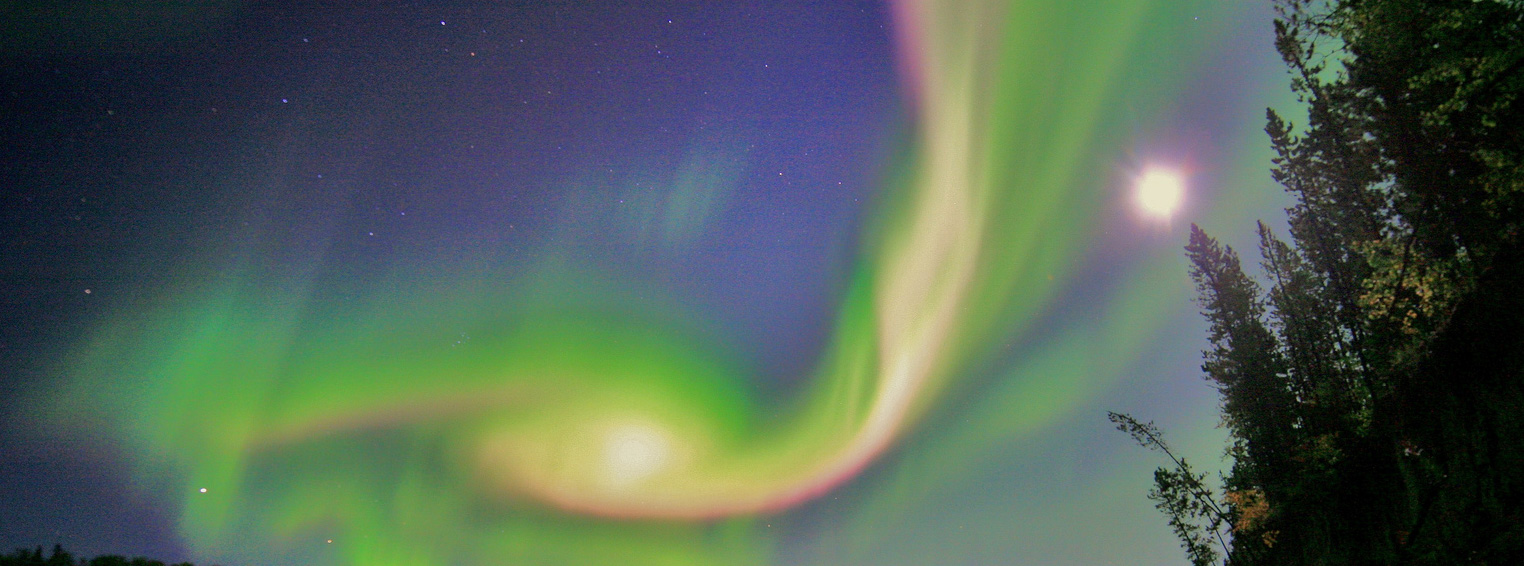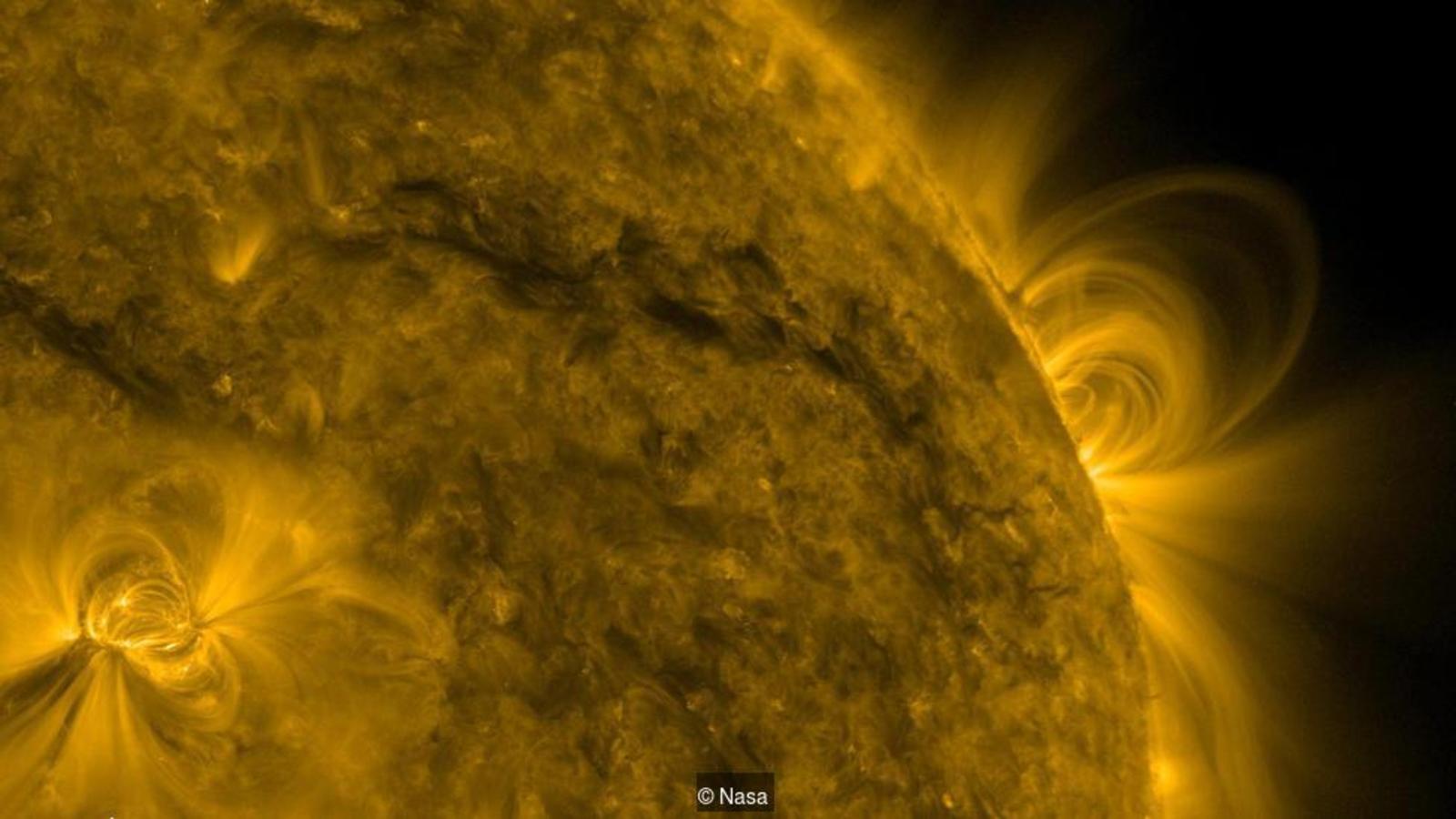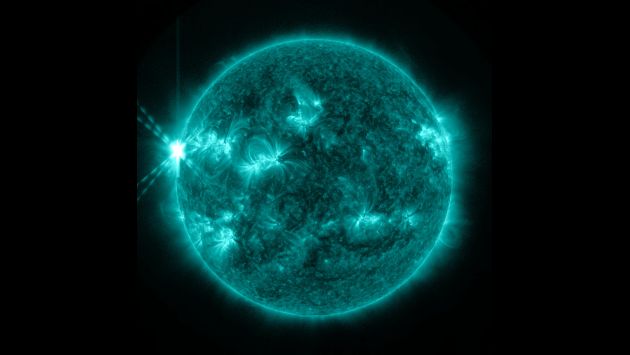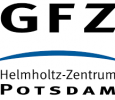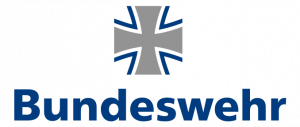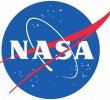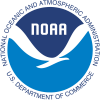INSTITUTION DESCRIPTION
DEIMOS Space is the technology company within the ELECNOR Group specialised in the design, engineering and development of solutions and systems integration in the aerospace, satellite systems, remote sensing, information systems and telecommunications network sectors. In the space sector its expertise encompasses Mission and Flight Engineering, Space Situational Awareness, Ground Segment Systems, Flight Software Systems and Global Navigation Satellite Systems
ROLE IN THE PROJECT
DEIMOS is the coordinator for the SWAMI activity. As such, one of the main roles for DEIMOS will be to monitor of the project in administrative and financial terms, perform everyday management, guarantee the quality of the project outcomes, serve as the interface with EU, identify and mitigate project risk and guarantee that ethical, legal and gender issues are properly considered.
On the research and development side, DEIMOS supports the merging of the UM and DTM models, evaluate the resulting atmospheric models with regards to re-entry prediction capabilities, and contribute to the transition to operations of the suitable models developed along the project. Overall support to the rest of the WPs will also be provided
